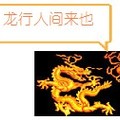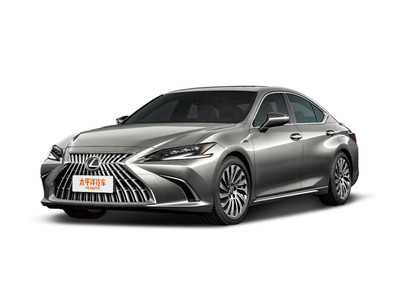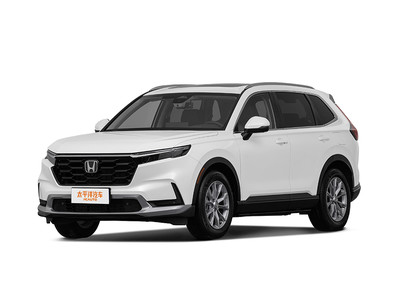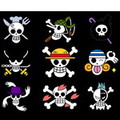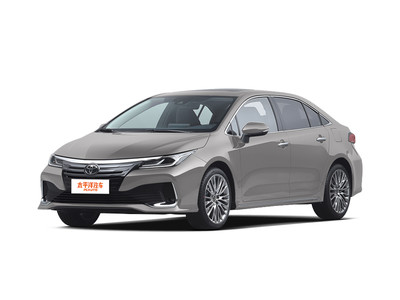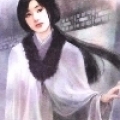Why has Toyota's hot selling trend continued for years?
Toyota's hot selling trend has continued for years for several reasons.
First, its hybrid technology, like the Toyota Hybrid System (THS), has been a significant factor. The THS was born out of the historical background of energy crises. After the first energy crisis, Japan, lacking energy resources, sought new technologies. Toyota started working on it in the 1980s and officially launched the THS project in 1993. The success of THS is not overnight but comes from continuous upgrades and improvements.
Second, Toyota has a clear and practical strategy. It aimed to create a new type of vehicle that was environmentally friendly and energy-saving while retaining the essence of modern cars. Unlike General Motors, which focused more on pure electric vehicles and faced difficulties, Toyota's approach was more balanced and sustainable.
Also, Toyota keeps improving its models. For example, the Camry has seen significant enhancements in driving texture and handling performance, making it more competitive.
In conclusion, Toyota's continuous hot selling is the result of its advanced technology, clear strategy, and continuous model improvements.

